Introduction
Selecting the appropriate wood panel core is a critical decision that underlies the success of a diverse range of construction and woodworking projects. Whether you're crafting furniture, building cabinets, constructing shelving units, or embarking on any wood-based endeavor, the core material you choose plays a pivotal role. It impacts the project's strength, stability, flatness, weight, and overall performance. The right wood panel core ensures that your creation meets the specific demands of your application, providing durability, structural integrity, and the desired aesthetics. It is, in essence, the unseen foundation upon which your vision is built. In this guide, we'll explore various types of wood panel cores, their characteristics, and their suitability for different projects, helping you make informed decisions to achieve the best possible results in your woodworking and construction endeavors.
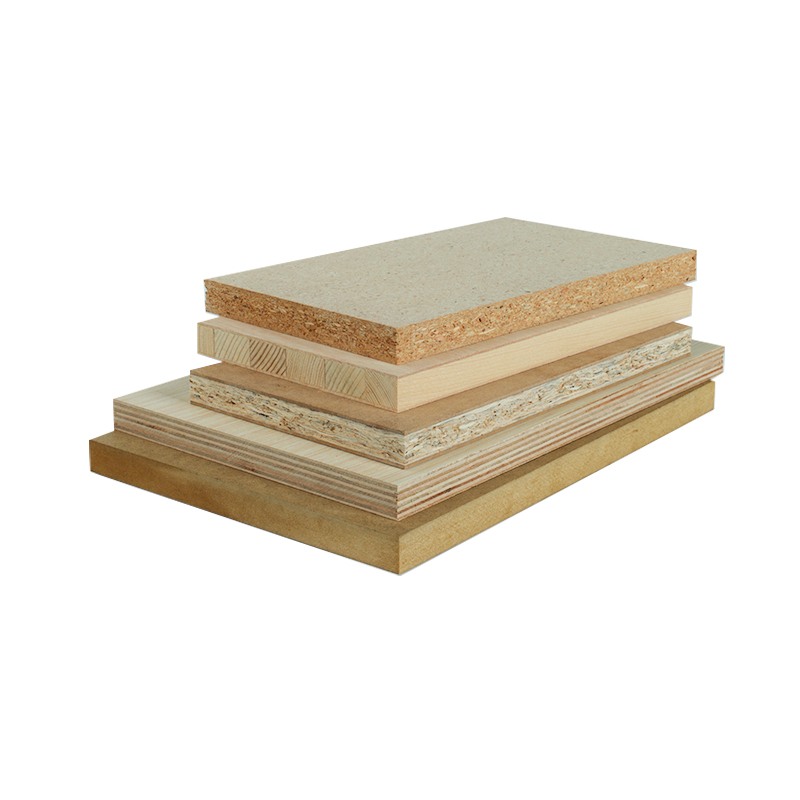
Description:
Plywood Core is composed of multiple layers of veneer that are bonded together with alternating grain directions. This construction method enhances its structural integrity.
Characteristics:
Plywood Core stands out for its versatility, making it suitable for various applications.
Despite its strength, it remains lightweight, which is particularly advantageous for ease of handling and installation.
It offers a flat and stable surface, maintaining its shape and dimensions over time.
Plywood Core excels in screw-holding capability, securely fastening components and materials in place.
Advantages:
Plywood Core's blend of strength, lightness, flatness, and screw-holding ability makes it ideal for a wide range of applications.
Whether you're working on furniture, cabinetry, subflooring, or structural elements, Plywood Core's adaptability and resilience make it a dependable choice.
It provides the necessary flexibility to accommodate diverse project requirements while delivering reliable performance, which is why it is a popular choice among woodworkers and builders.
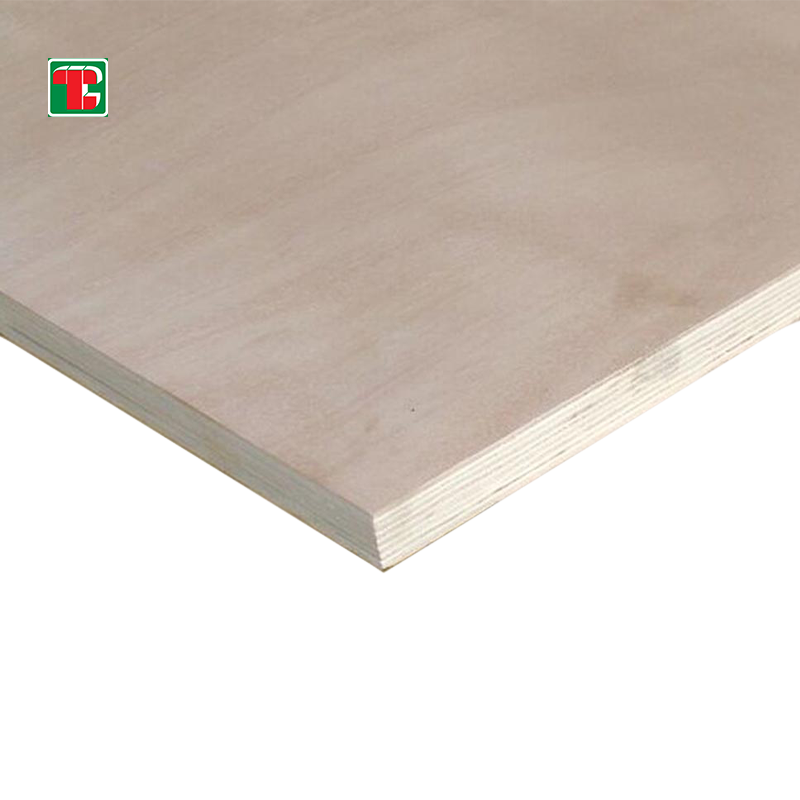
MDF Core (Medium Density Fiberboard Core)
Description:
MDF Core, or Medium Density Fiberboard Core, is constructed with a core made of medium-density fiberboard.
It is known for its consistent thickness, providing a uniform surface for applying face veneers.
The smooth and even surface of MDF Core makes it particularly well-suited for enhancing the appearance of face veneers.
Characteristics:
MDF Core plywood is more stable and flatter compared to some other core types.
However, it is not as strong as core types like Plywood Core, and it tends to be heavier in weight.
Advantages:
MDF Core plywood is an excellent choice for projects that require a flat and stable surface, such as tabletops, cabinet doors, and panels.
It is particularly well-suited for crafting one-piece doors, where flatness and stability are essential for the door's structural integrity and aesthetic appearance.
MDF Core's smooth, consistent surface makes it an ideal choice for achieving a polished and refined final product, which is why it is often favored for applications where a sleek and consistent look is desired.
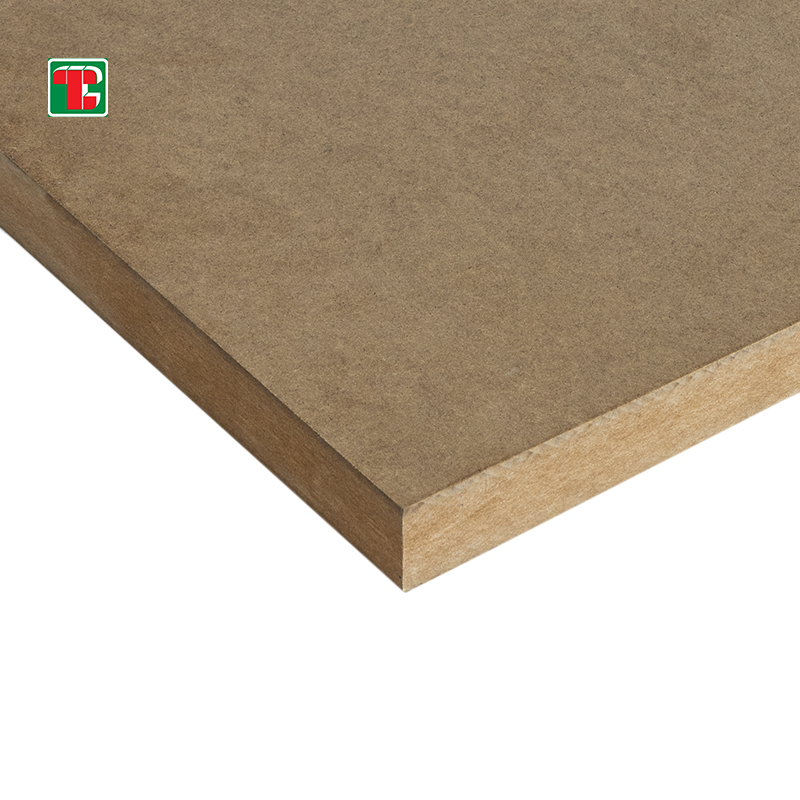
Description:
Particleboard Core plywood is constructed with a core made of particleboard.
It is known for being flat and stable, with consistent thickness throughout the sheet.
Characteristics:
While it maintains a flat and stable surface, Particleboard Core plywood has a weaker screw-holding capability compared to some other core types.
It is an economical option, making it budget-friendly for various projects.
Advantages:
Particleboard Core plywood is a suitable choice for projects where maintaining flatness is a primary requirement.
It is particularly well-suited for budget-friendly endeavors, where cost-effectiveness is a priority.
This core type can be used for applications such as shelving or cabinet backs, where high load-bearing strength is not a primary concern, and the focus is on keeping costs down while achieving a flat and stable surface.
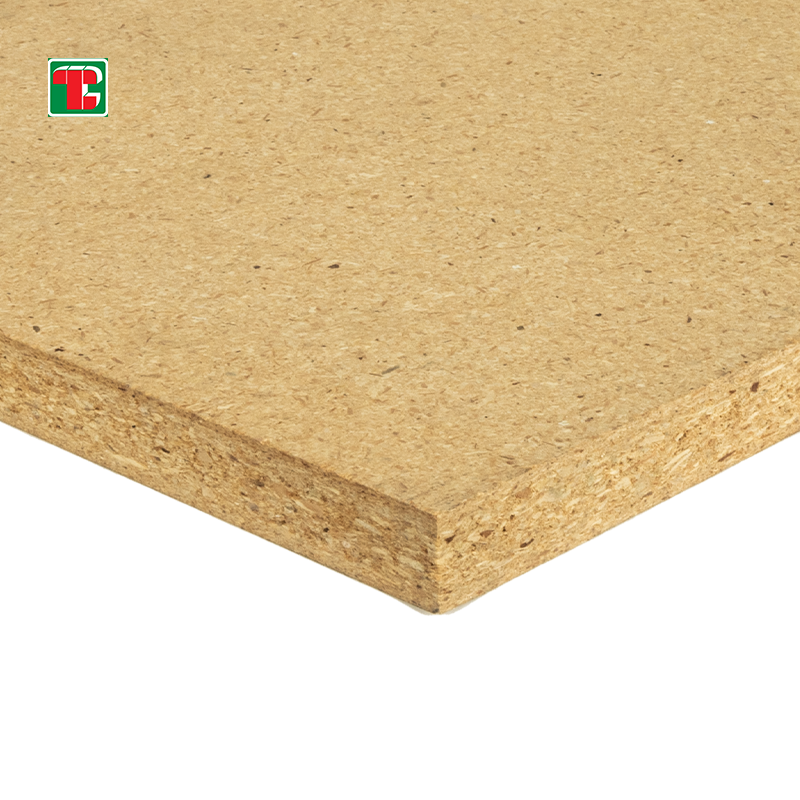
Combination Core
Description:
Combination Core plywood is created by combining a hardwood core with outer layers of Medium Density Fiberboard (MDF).
This hybrid construction aims to leverage the strengths of both materials.
Characteristics:
Combination Core plywood offers a balanced combination of strength, light weight, and flatness.
It benefits from the strength of the hardwood core, which provides structural integrity, while the MDF outer layers contribute to its flat and uniform surface.
Advantages:
Combination Core plywood serves as a versatile choice, striking a balance between stability and structural integrity.
It is well-suited for projects where you need both strength and a flat surface, making it a versatile option for various construction and woodworking needs.
Craftsmen often opt for Combination Core plywood when they require a material that can handle a range of applications, providing reliable performance and adaptability. It offers a compromise between the flatness and stability of MDF Core and the strength of Plywood Core.
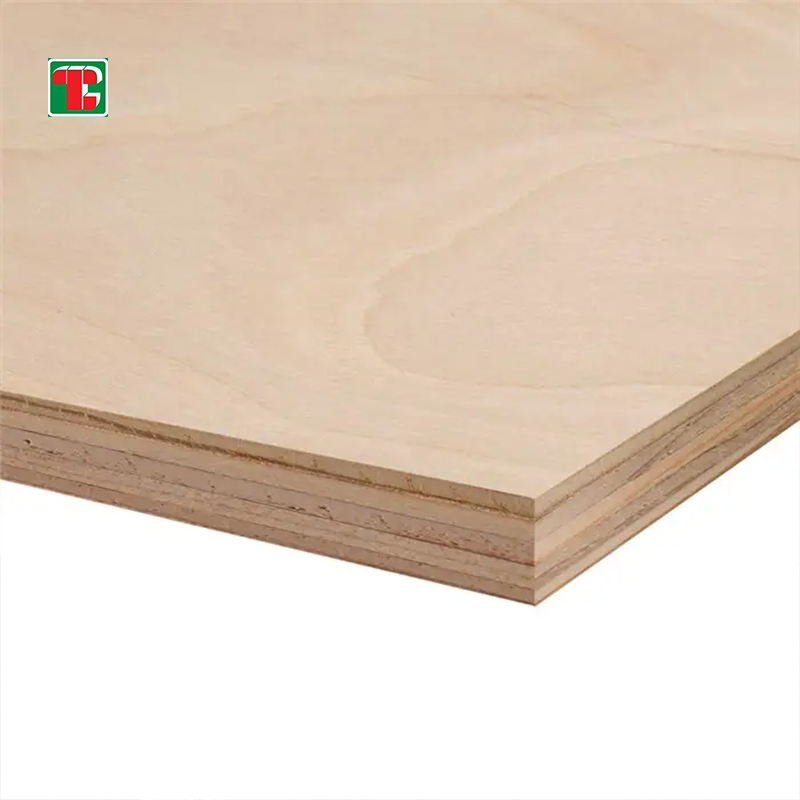
Lumber Core
Description:
Lumber Core plywood is constructed by edge-gluing wood strips, often using hardwoods like basswood.
Cross-banded veneers are applied on both sides of the core to enhance its strength and stability.
Characteristics:
Lumber Core plywood excels in its screw-holding capability, making it an excellent choice for securely fastening various components.
It is characterized by its outstanding strength and rigidity, ensuring structural integrity and reliability.
Advantages:
This type of plywood is well-suited for applications that demand robust support, such as the construction of long shelves, heavy cabinetry, or structural elements.
Its ability to securely hold screws in place makes it a dependable choice for projects where secure attachment is crucial.
While Lumber Core plywood may be more expensive and less commonly found than some other core types, it is the top choice when durability, strength, and structural integrity are of utmost importance, making it an excellent option for specific woodworking and construction needs.
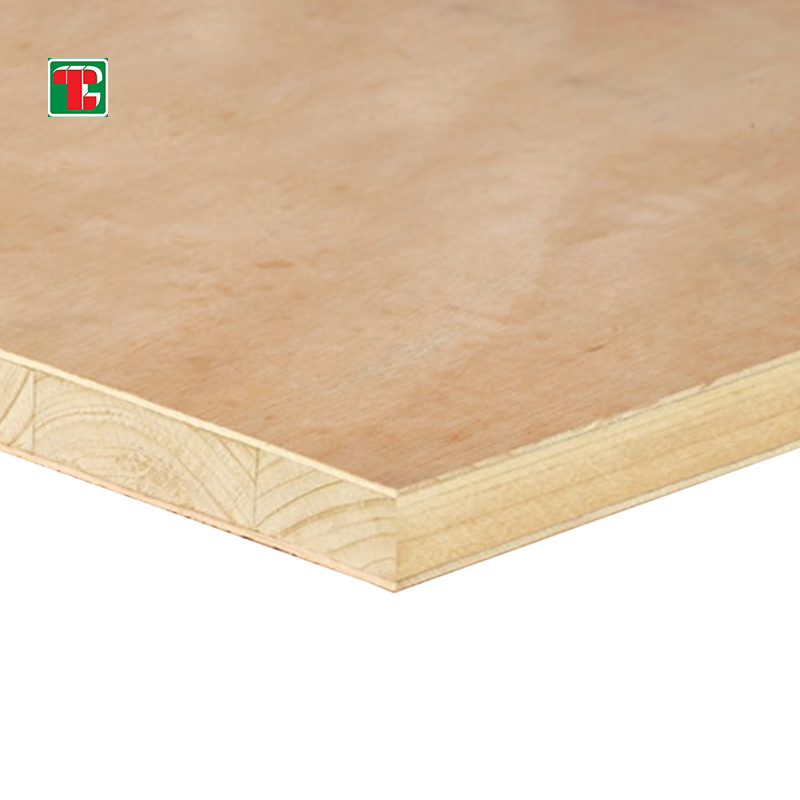
Baltic Birch and Appleply
Description:
Baltic Birch and Appleply are high-quality wood panels with a veneer core, distinguished by thinner core veneers.
These panels are known for their precise construction, featuring multiple, thin layers.
Characteristics:
Baltic Birch and Appleply stand out due to their exceptional stability, ensuring that the material maintains its shape and structural integrity under varying conditions.
These wood panels often have attractive raw edges, which can be used as a design element in projects, adding a unique aesthetic touch.
Advantages:
Baltic Birch and Appleply are ideal choices for crafting drawers and shop jigs where precision and stability are paramount.
The remarkable stability of these panels makes them dependable for applications demanding exact dimensions and reliable performance.
Their thinner core veneers contribute to their lightweight yet durable nature, making them excellent for projects that require precision, such as drawers, cabinetry, and various shop fixtures. These high-quality wood panels are often the top choice for fine woodworking where quality and performance are essential.
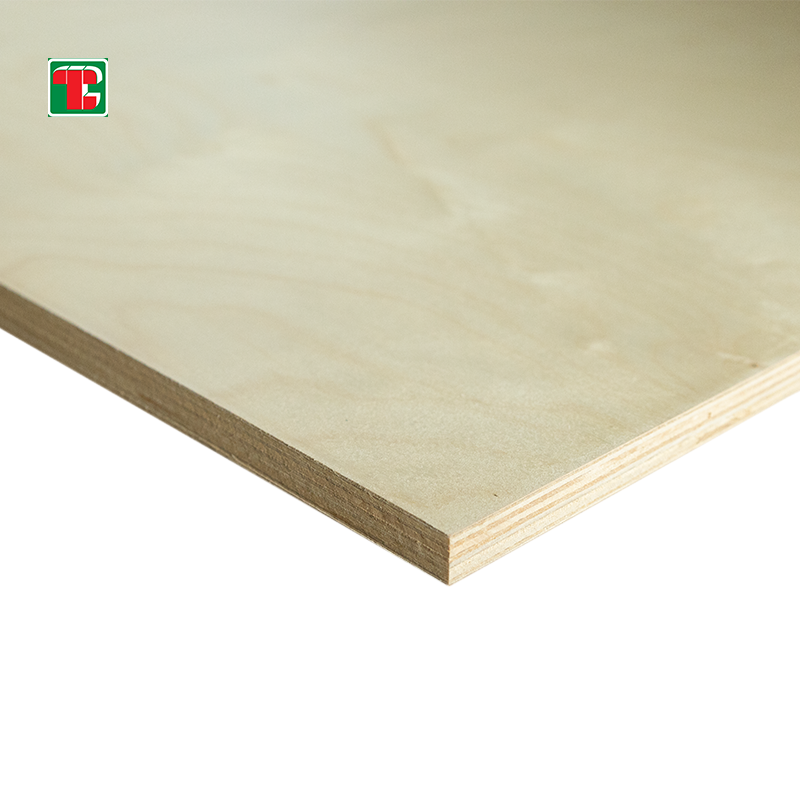
OSB (Oriented Strand Board) Core
Description:
OSB, or Oriented Strand Board, is a wood-based panel that is created by compressing and bonding wood strands, often using adhesives and heat.
It is recognized for its distinctive appearance, with visible wood strands on the surface.
Characteristics:
OSB exhibits excellent structural stability and durability.
Its surface consists of oriented wood strands that are tightly compressed and bonded, resulting in a strong and consistent structure.
OSB is known for its cost-effectiveness and availability in various thicknesses.
Advantages:
OSB is widely used in structural applications, such as wall and roof sheathing, due to its superior load-bearing capabilities.
It offers cost savings compared to some other panel materials while maintaining structural integrity.
The material is well-suited for projects that demand stability and performance in load-bearing or sheathing applications.
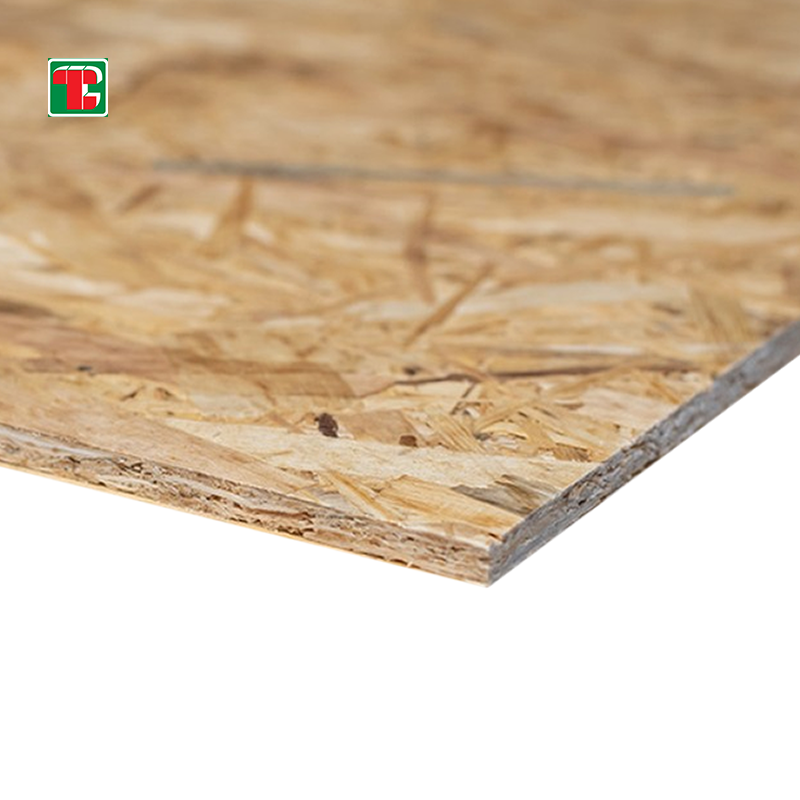
Considerations for Choosing Wood Panel Cores
When selecting the right wood panel core for your woodworking or construction project, there are several key factors to consider. These considerations can help you make an informed choice that aligns with your project's specific needs:
Price Range:
It's crucial to discuss the relative cost of different wood panel core types. Some cores may offer superior performance characteristics, but they can also come at a higher price point. Understanding your budget constraints is essential for making a practical decision.
Real-World Examples:
Real-world examples and practical cases can provide valuable insights into the selection of the appropriate wood panel core. These examples help you visualize how different cores perform in actual applications, making it easier to match your project's requirements and expectations.
Safety and Environmental Aspects:
Safety and environmental considerations should not be overlooked. Different core materials may have unique safety aspects or environmental impacts. It's important to research the safety and sustainability of your chosen wood panel core to ensure that it aligns with your project goals and values.
Conclusion
In coclusion, the choice of wood panel core is a pivotal decision that significantly influences the outcome of your woodworking or construction project. Each core type has its own set of characteristics and advantages, and understanding them is essential for making the right choice. Whether you prioritize strength, cost-effectiveness, flatness, or eco-friendliness, there is a suitable wood panel core for your specific requirements. By considering price range, real-world examples, safety, and environmental aspects, you can make a well-informed decision that ensures the success of your project. Remember that selecting the right wood panel core is not just a practical choice but also a creative one, allowing you to bring your vision to life effectively and efficiently. Your project's success hinges on making the right core selection, and the careful consideration of these factors will help you achieve exceptional results.
Post time: Nov-07-2023







